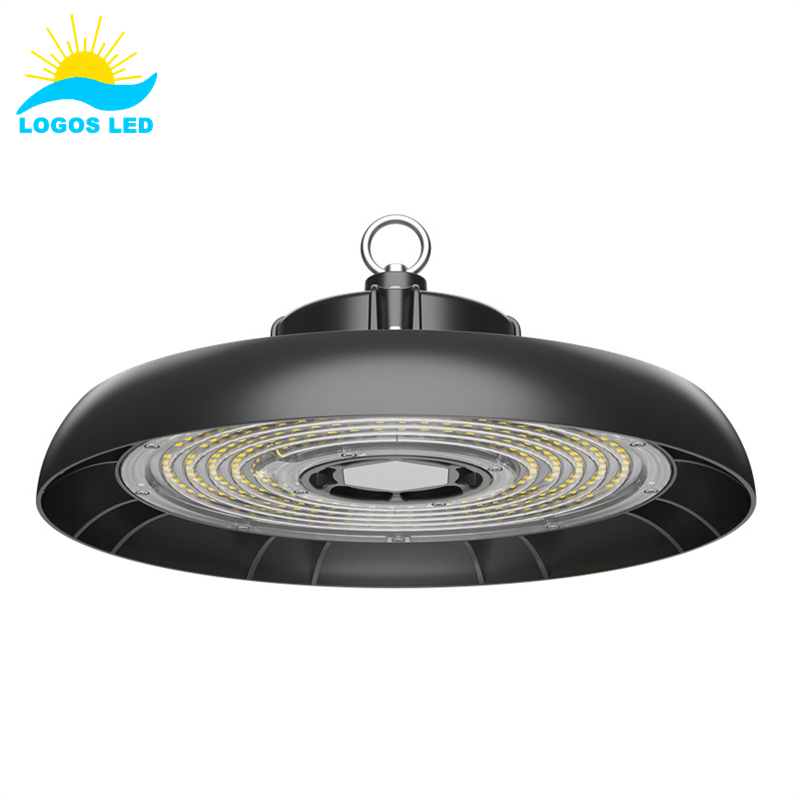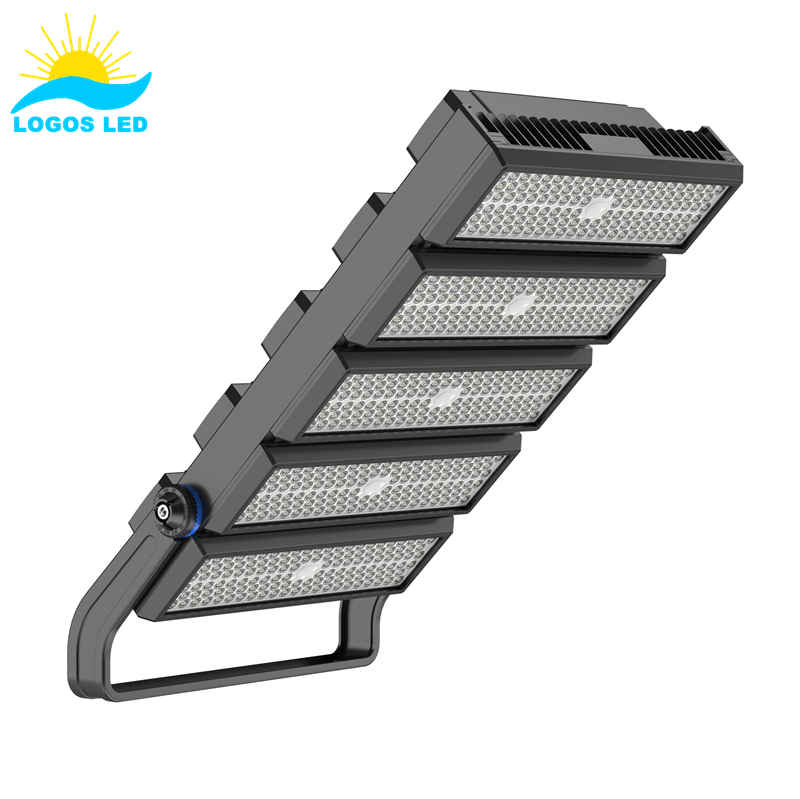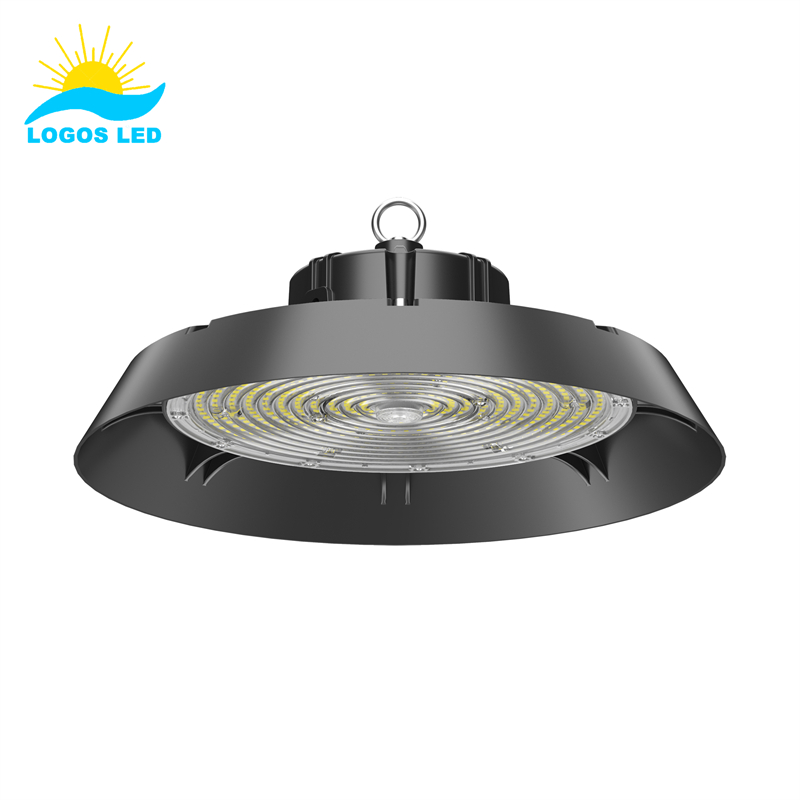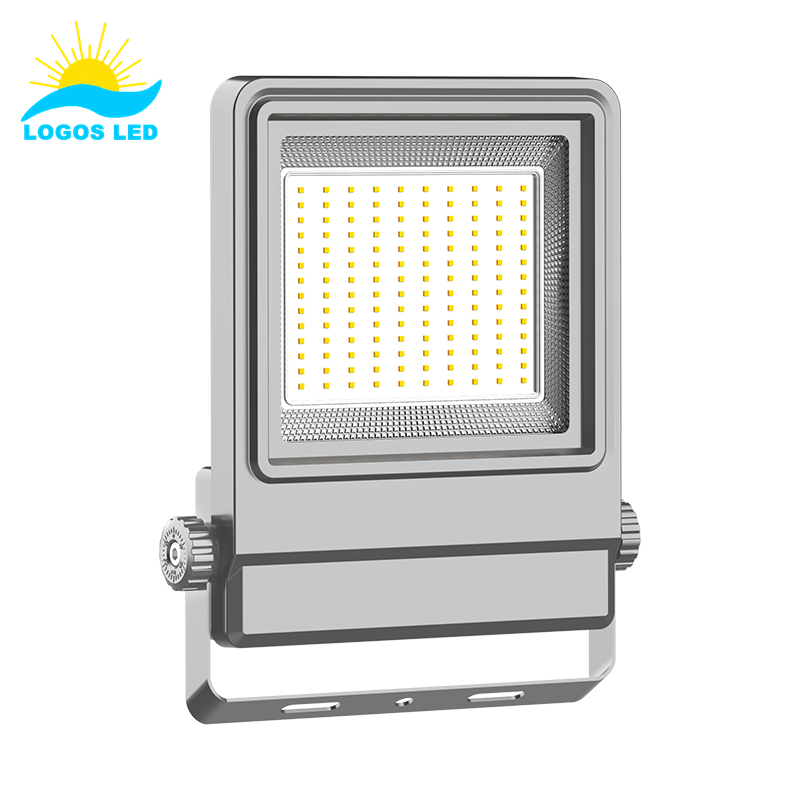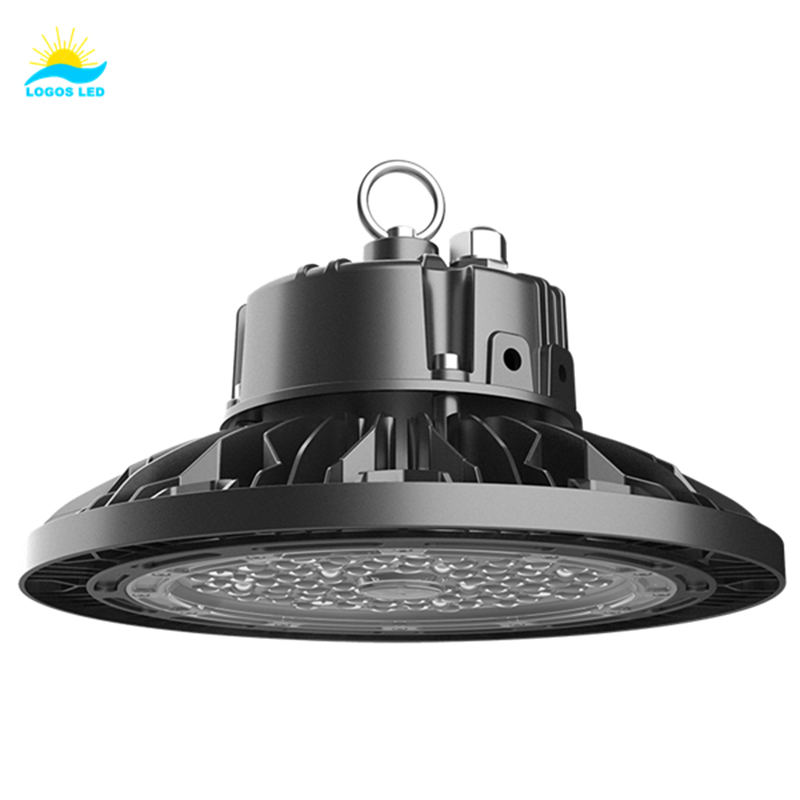Choosing the wrong lighting isn’t just a bad design move—it can seriously mess with your mood, your productivity, and even your health. I’ve felt it myself. That dull, yellowish light in the wrong room makes me want to curl up and nap. And that blinding blue light when I’m trying to relax? Total headache. The good news is, once you understand the difference between soft white and daylight lighting, it’s super easy to create the right vibe in any space. Let’s dig into how you can make the best call for your room.
Choosing between soft white and daylight lighting may seem small, but trust me—it makes a massive difference. Soft white (2700K–3000K) gives off a warm, cozy feel—great for winding down after a long day. Daylight (5000K–6500K), on the other hand, mimics the sun, which wakes you up and keeps your mind sharp. Knowing when to use each one helps you light your space for what you actually need it to do. Let me show you how to pick the right one.
Table of Contents
Difference Between Soft White vs Daylight
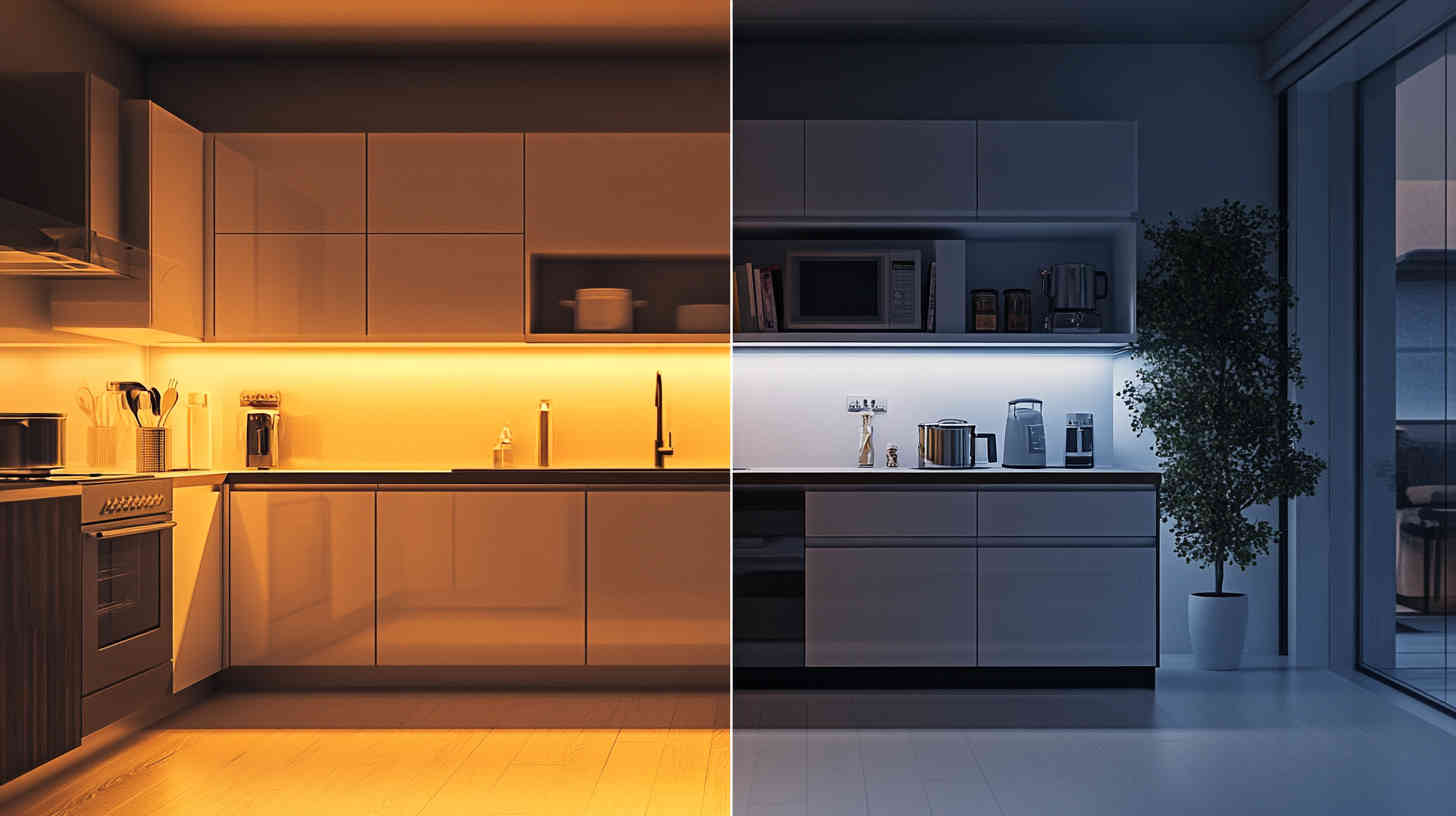
I’ve tested both types in all kinds of rooms, and let me tell you—the right lighting can completely change how a space feels and functions. Here’s what you need to know to make the smartest choice.
What is Soft White Lighting?
- Color temperature: 2700K to 3000K
- What it looks like: Warm, yellowish glow—kind of like those old-school incandescent bulbs
- Where it shines: Living rooms, bedrooms, dining areas—anywhere you want to feel cozy
- What it does to the mood: Makes you feel calm, comfy, and ready to chill
- Perfect for: Reading at night, watching TV, or just relaxing after a long day
- Why I like it: It’s easy on the eyes, helps me unwind, and doesn’t mess with my sleep at night
What is Daylight Lighting?
- Color temperature: 5000K to 6500K
- What it looks like: Crisp, bright white—like a sunny day in your room
- Where it works best: Offices, kitchens, bathrooms, or anywhere you need to stay sharp
- What it does to the mood: Boosts focus, keeps you alert, and helps you power through tasks
- Perfect for: Cooking, working, reading small text, or getting stuff done
- Why I use it: It keeps me awake, sharp, and helps me knock out my to-do list faster

Light Color Temperature
Key Differences
- Color Temperature:
Soft white (2700K–3000K) = warm and cozy.
Daylight (5000K–6500K) = bright and energizing. - Ambiance:
Soft white creates a mellow, relaxed vibe—perfect for chilling.
Daylight ramps up your alertness and mental clarity—great for work and detail-heavy tasks. - Best Use Cases:
Soft white belongs in your living room, bedroom, or anywhere you want to decompress.
Daylight belongs in your workspace, kitchen, or any place you need clarity and energy.
Bottom line? Soft white and daylight serve totally different purposes. Soft white sets the mood for relaxation. Daylight helps you lock in and get things done. The right one depends on what kind of energy you want in your space.
| Feature | Soft White (2700K–3000K) | Daylight (5000K–6500K) |
|---|---|---|
| Color Temperature | Warm, yellowish glow | Bright, cool white light |
| Ideal For | Bedrooms, living rooms, dining areas | Kitchens, offices, workspaces |
| Ambiance | Relaxing, cozy, chill | Energizing, alert, focused |
| Best For | Reading before bed, movie nights, downtime | Cooking, reading fine print, working |
| Effect on Mood | Helps you unwind and relax | Helps you stay awake and productive |
| Use Cases | Family dinners, winding down, bedtime routines | Morning routines, studying, project work |
Once you start lighting your rooms based on what you’re actually doing in them, everything just feels better. You’ll sleep better, work better, and enjoy your space a whole lot more.

How Do I Choose the Right Light?
I’ve learned the hard way—just grabbing any old light bulb doesn’t cut it. If you want your space to actually feel good and function right, you’ve got to match your lighting to the job it’s doing. Whether I’m reading late into the night, prepping dinner, or just relaxing with a glass of wine, the right lighting makes all the difference. Here’s how I break it down every time I’m choosing the right light for any room.
1. Figure Out What You’re Using the Space For
- Task Lighting – If I’m reading, cooking, or working, I go with something bright and focused. I want zero eye strain. Think desk lamps or under-cabinet lights.
- Ambient Lighting – This is your everyday, fill-the-room lighting. I want it soft, warm, and inviting—something that sets the tone without screaming for attention.
- Accent Lighting – Got a cool piece of art or a shelf full of trophies? Accent lights help highlight the good stuff. I like adjustable ones so I can aim the beam exactly where I want it.
2. Choose the Right Color Temperature
- Warm White (2700K–3000K) – I use this when I want to chill. It gives off that golden glow that makes your space feel cozy. Perfect for the bedroom or living room.
- Neutral White (3500K–4000K) – This is my go-to for places like the kitchen or bathroom. It’s clean, not too harsh, and helps me stay on task.
- Cool White/Daylight (5000K–6500K) – When I really need to dial in and focus—like working in the office or studying—this bright, crisp light keeps me sharp.
3. Check the Brightness (Lumens)
This is where a lot of people mess up—they pick a bulb that’s either too dim or way too bright. Here’s how I look at it:
- General lighting: Around 200–300 lumens per square meter. Just enough to see everything clearly.
- Task areas: I bump it up to 500–1000 lumens when I need to stay focused and see detail.
- Ambient zones: 100–200 lumens keeps things soft and easy on the eyes.
Dimmers are a life-saver. I use them all the time to fine-tune brightness depending on the mood or time of day.
4. Pick the Right Type of Fixture
- Ceiling lights – These are my workhorses for overall lighting. Great for hallways, kitchens, and anywhere that needs a base level of brightness.
- Table and floor lamps – I use these for reading or to create a relaxed corner. Easy to move, easy to control.
- Recessed lights – When I want a clean look with good lighting, especially over a kitchen island or in a bathroom, these get the job done.
- Chandeliers – These aren’t just fancy—they throw light around a large room beautifully. Perfect for dining rooms and big entryways.
5. Don’t Skip the CRI
- CRI (Color Rendering Index) tells you how well a light shows colors. I always aim for 80 or higher, especially if I’m reading, painting, or working on anything color-sensitive.
- If it’s just mood lighting or ambiance, lower CRI is okay, but for anything detail-oriented, go high.
6. Go with Energy-Efficient LEDs
I’ve switched almost everything in my house to LEDs—and my electric bill thanks me. They last forever, barely use any power, and come in every color temp and brightness level you could want. Plus, they use up to 75% less energy than old-school bulbs.
When I’m picking the right light, I always think about what the room is used for, how bright it needs to be, what kind of feel I want, and how to keep it efficient. When you get it right, everything just works better—your eyes, your mood, even your sleep. Lighting might seem like a small detail, but trust me—it changes everything.
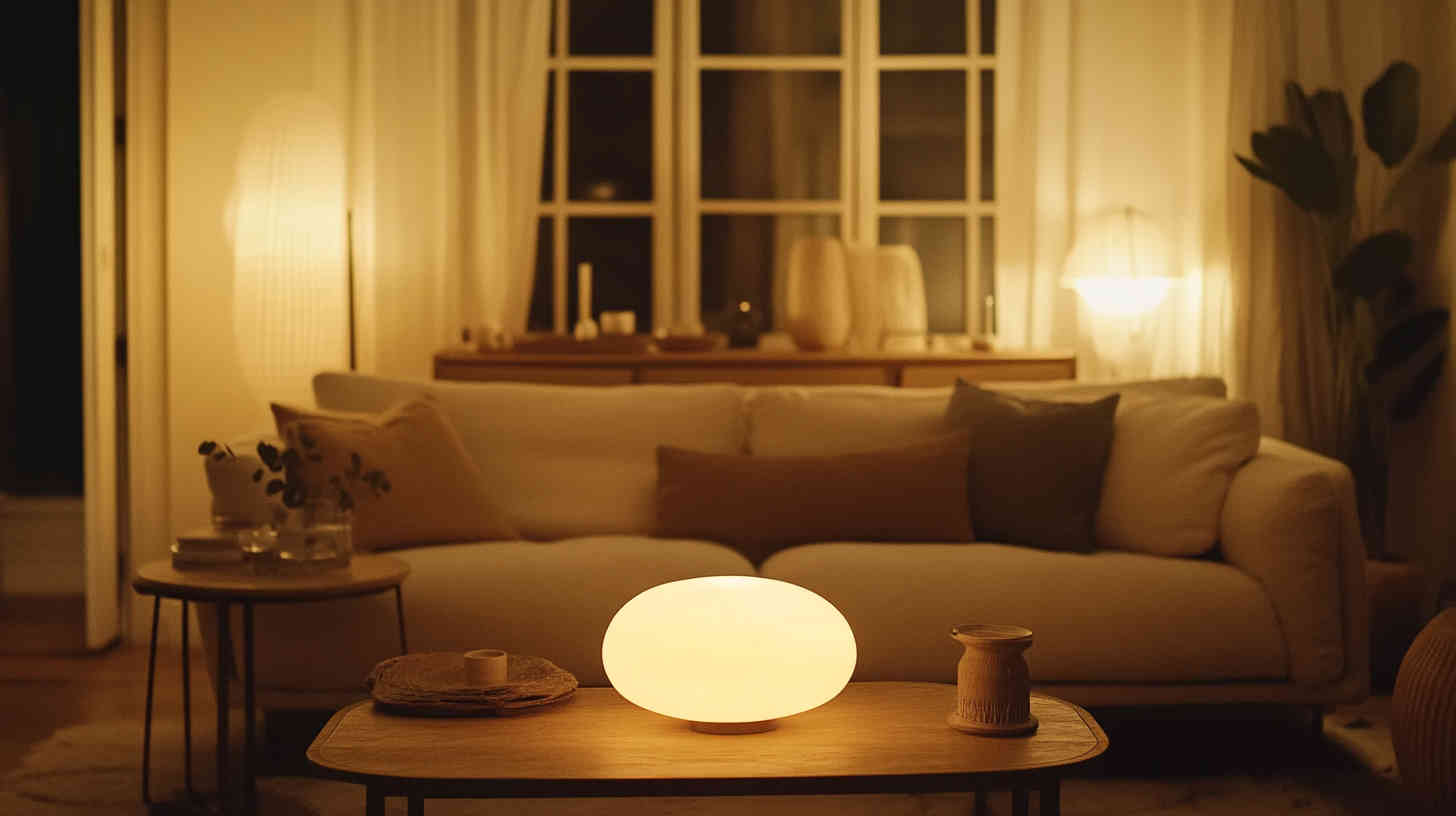
Is Soft White or Daylight Better for Eyes?
If you’ve ever had sore, tired eyes after a long day under harsh lighting, you’re not alone. I’ve been there too. From my experience, soft white light is a lot easier on the eyes, especially when I’m reading, relaxing, or just trying to wind down. It’s gentler, doesn’t create as much glare, and definitely helps reduce eye strain over time. Now, daylight light—that super bright, bluish light—is great when I need to focus on tasks, but if I sit under it too long, especially in a dim space, my eyes start to feel fried. So here’s my rule of thumb: use soft white for comfort and daylight in short bursts when you need that mental boost.
Which Color Light is Best for a Living Room?
For me, the living room is all about comfort. It’s where I hang out with the family, watch a movie, or just chill after a long day. That’s why I always go with soft white lighting. It’s got that warm, welcoming glow that makes the room feel cozy and laid-back. But if you want to brighten things up a bit—like in a reading nook or around some wall art—daylight bulbs can work great in those specific spots. Just don’t overdo it, or you’ll lose that relaxing vibe.
Is Soft White Good for a Bedroom?
Absolutely—soft white lighting is perfect for bedrooms. This is your wind-down zone, and soft white gives off that warm, gentle light that tells your brain it’s time to relax. I use it in my bedroom lamps and overhead lights, and it helps me shift into sleep mode at the end of the day. If you’re trying to make your bedroom feel peaceful and calm, soft white is a no-brainer.
Is Soft White Warm or Cool?
If you’re wondering where soft white fits on the lighting scale—it’s warm, no doubt. It usually sits between 2700K and 3000K, and that means it gives off that nice, golden glow, kind of like the old-school incandescent bulbs. It’s perfect when you want a room to feel cozy and inviting—like your living room or bedroom.
Can You Combine Soft White and Daylight in the Same Room?
You can, and I’ve done it plenty of times. But here’s the trick—you’ve got to use them smartly. For example, I might put daylight bulbs over my desk or kitchen counter where I’m doing focused work, and then soft white bulbs everywhere else for a chill, ambient feel. Mixing them without a plan makes the room feel off, but if you balance it right, you get the best of both worlds—functionality and comfort.

Conclusion
When it comes to choosing between soft white and daylight, it really comes down to what you’re trying to do in the space. If I’m relaxing, I want soft white. If I need to get stuff done, I reach for daylight. Getting this right changes how a room feels—and how you feel in it. Still not sure what’s best for your space? Reach out to us—we’ll help you nail the perfect lighting setup for every room in your home or office.
Request A Free Quote Now!
Send us a message if you have any questions or request a quote. We will get back to you ASAP!



